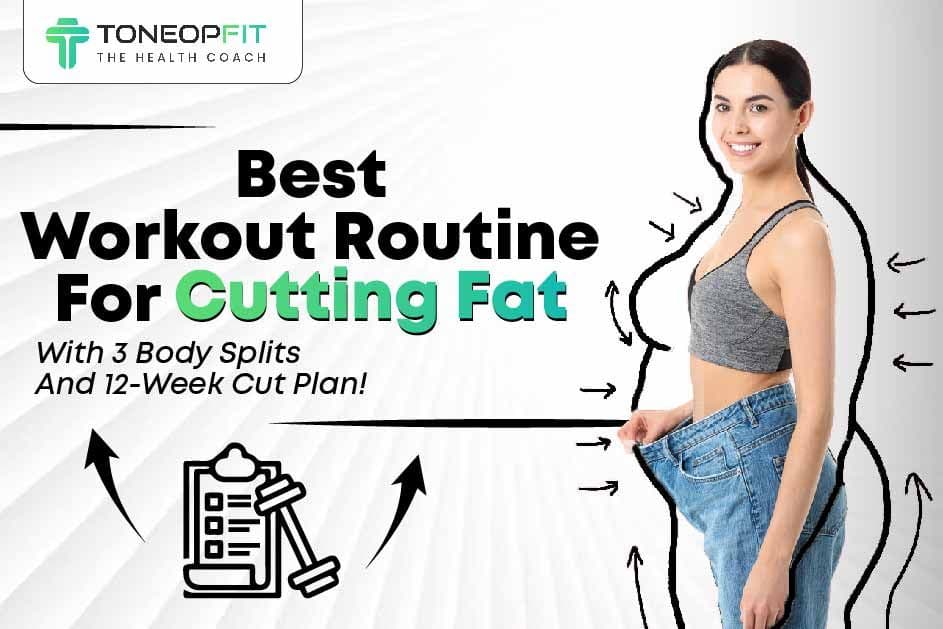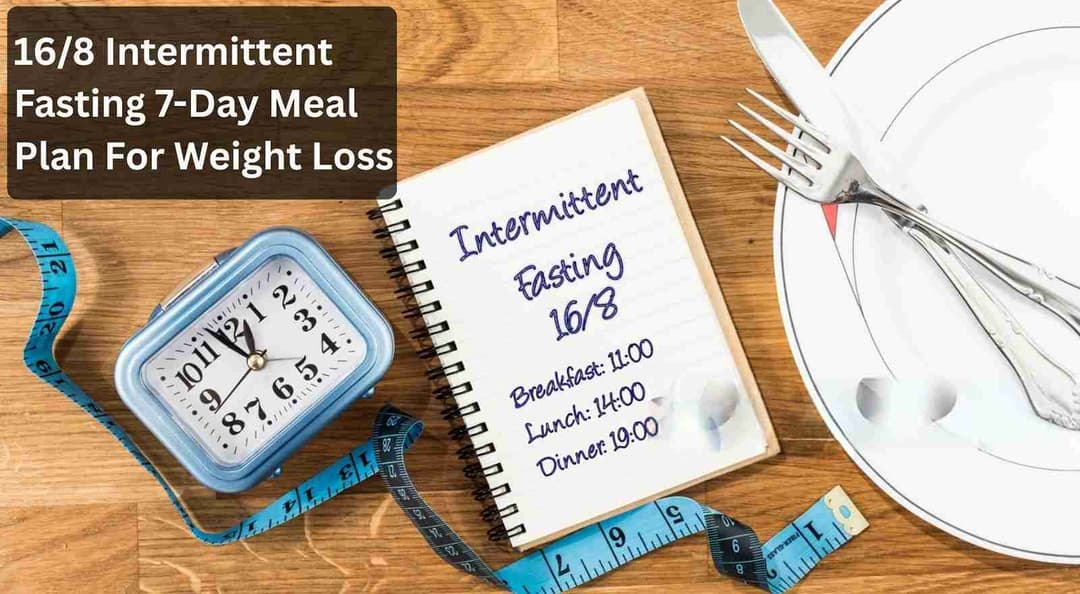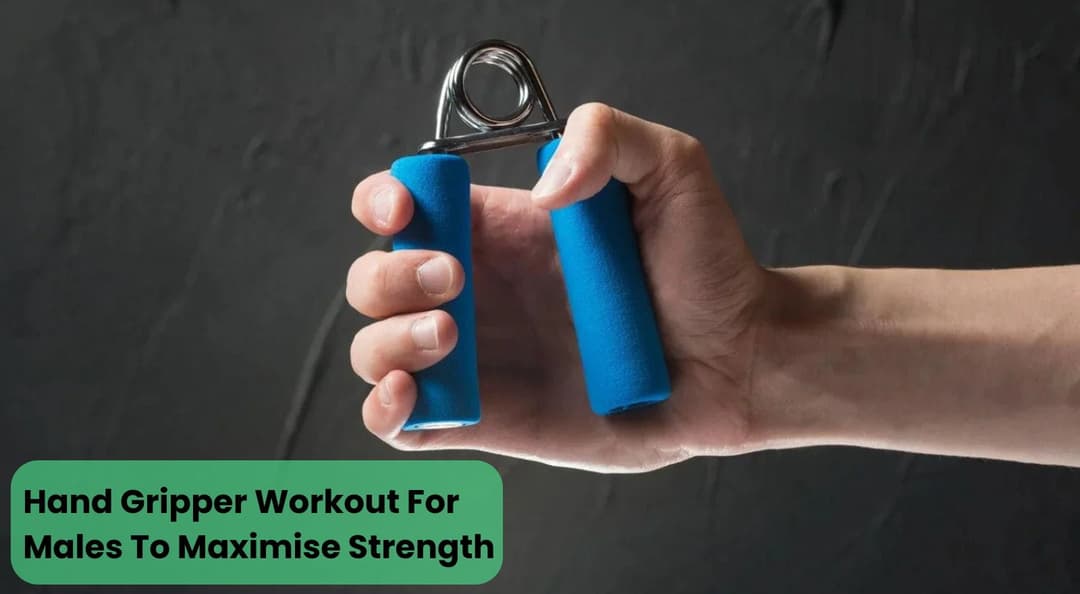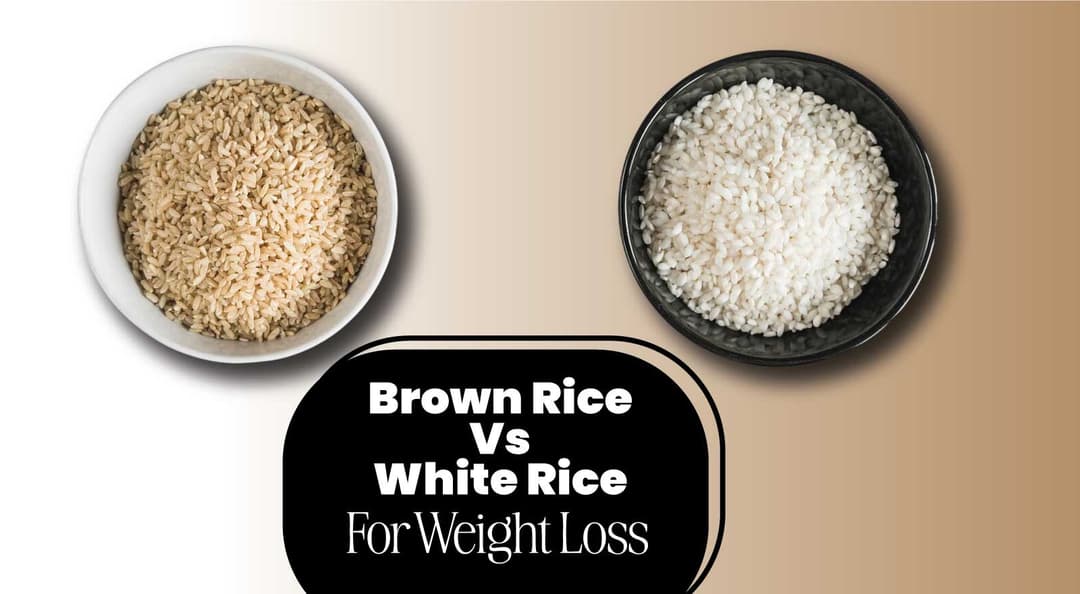Knowing that food is fuel, you should keep eating it regardless of whether you want to cut your body fat. Moreover, to lose weight sustainably, you must maintain your calorie deficit in balance without affecting how you fuel your body with food. The best workout routine for cutting is the process of burning fat in your body while maintaining muscle mass. This is a diet method that focuses on creating a slim and strong appearance by losing only fat and maintaining muscle mass. This is why knowing the best workout routine for cutting your fat and gaining strength at the same time helps a lot.
People do follow different types of workout routine to cut fat. For example, a bodybuilder looking to compete in a show will usually do some extreme workouts, while someone looking to lose a few pounds won't need to be as strict. Reduction typically lasts 8-16 weeks (about 3 and a half months), depending on overall goals and the individual. So, when training, it is important to train to maintain as much strength and muscle mass as possible.
To address these workout concerns, this blog includes a full body workout routine for cutting fat followed by a strength training plan at gym for sustainable weight loss results. So, keep reading!
Table Of Contents
1. What Is The Best Workout Split For Cutting?
2. What Is The 12-Week Cut Plan?
3. How Do I Start A Cut Workout Plan?
4. Expert’s Advice
5. The Final Say
6. FAQs
7. References
What Is The Best Workout Split For Cutting?

Splitting is more intuitive than you might think. This is simply a way of organising physical activity around characteristics such as specific muscles or specific parts of the body. Ultimately, how you split your workouts will depend on your end goal. For example, someone who focuses on improving athletic performance will have a different split than someone who only focuses on aesthetic aspects. The same goes for strength athletes.
There are three main sections of training, each with its own advantages and disadvantages. Have a look:
1. Body Part Workout Splits
Split body part training involves training one to three body parts per exercise, twice per week. This is a popular option among bodybuilders because isolating body parts allows muscles to be trained more frequently to achieve greater growth.
A meta-analysis published in the Journal of Sports Medicine found that this training style resulted in the greatest hypertrophy, or muscle growth, compared to other training styles. This was supported by a 2018 study that found that exercising muscles at a specific exercise frequency (twice a week) increased muscle thickness and overall body composition compared to other training splits.
The main aim of a bodybuilder is to have a completely symmetrical physique and for this reason, they combine larger muscles, such as the chest, with smaller muscles, such as the triceps. In compound exercises like bench presses and push-ups, both muscles work together, so it makes sense to combine them. Other standard body part split pairs include the back, forearms, legs, and shoulders.
2. Upper-Lower Workout Split
The upper body/lower body split divides your workouts into upper body focus days and lower body focus days. This split is perfect for beginners, people with busy schedules, and people who want to get stronger. This will force you to prioritise the basics and eliminate excess weight from your program.
If you want to train multiple muscle groups in one session, you need to be selective in your exercise selection. Upper body exercises work not only your chest and triceps, but also your biceps, shoulders, and back.
In fact, a 2019 study found that splitting upper and lower body workouts led to greater muscle and strength gains than doing full-body workouts three times a week. Like dividing your body into parts, you'll work out each muscle twice a week, the magic that's proven optimal for bodybuilders.
3. Push-Pull Split Exercise
This exercise split is like the upper-lower split. The main difference is that the Push-Pull Legs (PPL) split divides upper body training into two categories. Pull and push. This distinction is widespread in the powerlifting community. That's can build their programs around the "big three" lifts they compete in: bench press (push), deadlift (row), and squat (legs).
It also scales well in terms of frequency. A busy lifter might train hard (i.e. More exercises, more sets, more repetitions) three times a week. People who want to go to the gym more often can reduce the volume per exercise and do each exercise twice a week. You can train four times a week and add pushing, pulling or leg exercises.
If you choose the six-day-a-week exercise option, be careful with your workout intensity and exercise selection. During the first three exercises, you can prioritise the "big three" and lift heavier weights.
Also Read: Best Workout Routine For Chest: Exercises & Tips For Chest Day!
What Is The 12-Week Cut Plan?
The 12-Week Cut Plan is a comprehensive fitness program designed to promote weight loss, fat reduction, and overall health improvement through a combination of aerobic exercise and strength training.
Research indicates that integrating both aerobic and strength exercises over a 12-week period yields superior results compared to either type of exercise alone. A study published in Nutrients in 2020 demonstrated significant reductions in body fat indicators among participants with excess body fat who engaged in high-intensity interval training, strength training, or a combination of both over the course of 12 weeks.
These findings suggest that while overall weight loss may vary, individuals following the 12-week cut plan are likely to experience substantial reductions in body fat, contributing to improved body composition and overall health.
1. The 12 Week Cardio Plan
During the 12-week cardio plan, choose any aerobic exercise like treadmill, elliptical, or swimming. Begin slow in the initial weeks to accommodate your current fitness level. Rest for at least one day between sessions for the first six weeks. From week 7 onwards, incorporate 2 days of aerobic exercise with 1-2 days of rest. With consistency, patience, and trust in the plan, significant improvements in fitness levels can be achieved within the 12-week timeframe.
Note this 12-week cardio workout plan for reference:
Week | Number of Cardio Sessions | Duration (minutes) |
1 | 3 | 5, 8, 5 |
2 | 3 | 8, 10, 8 |
3 | 3 | 10, 12, 10 |
4 | 3 | 12, 15, 12 |
5 | 3 | 15, 20, 15 |
6 | 3 | 20, 20, 20 |
7 | 4 | 20, 22, 20, 22 |
8 | 4 | 22, 25, 22, 25 |
9 | 4 | 25, 27, 25, 27 |
10 | 4 | 27, 30, 27, 30 |
11 | 4 | 30, 35, 30, 35 |
12 | 4 | 35, 40, 30, 45 |
2. The 12 Weeks Of Strength Training At The Gym
For the next 12 weeks (about 3 months) you will be using the upper/lower movement. The rep scheme is only a guideline. Once you can manage the weight with this set and rep routine, add weight to the barbell. For convenience, we use equal weights for each approach in this exercise. Note this 12-week strength training plan for reference:
Day 1- Upper A
Day 2 - Lower A
Day 3 - Day off
Day 4 - Upper B
Day 5 - Lower B
Day 6 - Day off
Day 7 - Closed
Let’s get started!
Upper A
Exercise | Sets | Reps |
Incline Bench Press | 3 | 8 - 10 |
One Arm Dumbbell row | 3 | 10 - 12 |
Seated Barbell Press | 3 | 8 - 10 |
Pull Ups | 3 | 10 |
Skull Crushers | 3 | 10 - 12 |
Dumbbell Curl | 3 | 10 - 12 |
Lower A
Exercise | Sets | Reps |
Squats | 3 | 8-10 |
Leg Curl | 3 | 12-15 |
Leg Extension | 3 | 12-15 |
Leg Press Calf Raise | 3 | 15-20 |
Plank | 3 | 60 sec |
Twisting Hanging Knee Raise | 3 | 20 |
Upper B
Exercise | Sets | Reps |
Dumbbell bench press | 3 | 10 |
Barbell Row | 3 | 8-10 |
Dumbbell Lateral Raise | 3 | 12 - 15 |
Lat Pull-down | 3 | 10 - 12 |
Cable Triceps Extensions | 3 | 10 - 12 |
EZ Bar Preacher | 3 | 10 - 12 |
Lower B
Exercise | Sets | Reps |
Leg Press | 3 | 15-20 |
Stiff Leg Deadlift | 3 | 8-10 |
Walking Dumbbell Lunge | 3 | 10 |
Seated Calf Raise | 3 | 15-20 |
Cable Crunch | 3 | 20 |
Russian Twist | 3 | 20 |
Also Read: Discover The Best Workout Routine For Beginners In Gym To Kickstart Your Fitness!
How Do I Start A Cut Workout Plan?
To start a cut workout plan some of the tips are as follows:
1. Define Your Fitness Goals
Setting goals will help you stay on track while you work toward something tangible. Whether it's wearing an old pair of jeans, losing an extra inch before a big event, or feeling more comfortable in your body, find out what your goal is before you start.
2. Set The Target Timelines
You can't stay in a calorie deficit forever. Even if you have a lot of weight to lose, it is not recommended to lose weight for more than three months in a row. Because you will see your motivation and commitment decreasing. A long-term calorie deficit may mean that you are not getting enough nutrients over time. Setting a schedule and end date will help you stay on track. After that, you can maintain the weight, build muscle (“bulking” is part of both bulking and cutting), or, if you still need to lose weight, take a break and lose it again.
3. Track Your Calories Intake
People often make the mistake of drastically cutting calories to lose weight as quickly as possible, but this often backfires. Extreme calorie deficits are more difficult to maintain, and if weight loss plateaus, there is no way to cut more calories. If you don't have an event scheduled, reduce your calories to about 200 to 300 calories (about 24 minutes of running) below your maintenance level (called TDEE, or total daily energy expenditure) and increase by 400 to 500 calories (about 40 minutes of running) as needed. Tracking your calories makes it easier to maintain a calorie deficit.
4. Increase Your Water Intake
Water may make you a little more bloated, but the benefits are so many that you'll need to seriously increase your intake to be successful while cutting.
First, water helps satisfy hunger. A few small bites can fill you up and keep you pain-free despite fewer calories.
Additional hydration can also help you gain energy during exercise, allowing you to work out a little harder and ultimately burn more calories.
Third, drinking water instead of soft drinks means you're not adding empty calories to your already limited calorie limit.
Water is essentially a "free" drink, while soda or sugar-laden drinks cost you valuable calories that you could have consumed with your meal.
5. Move More In Daily Hours
An easy way to help increase your total daily energy expenditure and create a larger calorie deficit is to move more in your exercise routine. Known as NEAT (Non-Exercise Thermogenesis), walking 1000 more steps a day, taking the stairs instead of the elevator, and even walking while talking on the phone can all add up! Here you can find simple ways to increase your NEAT.
6. Increase Training Intensity
To build muscle, you need to train until you're almost exhausted. That means the last few repetitions won't be easy! The more you invest, the more you get. Beginners can find a variety of workout plans here or download a free workout plan template to create their own workout plan template.
7. Combine Aerobic And Strength Training
Aerobic exercise is a key part of your workout because it burns a significant amount of calories. Burning an extra 200 calories (about 16 minutes of running) a day, four times a week, will help you make up the 800-calorie deficit. Don't put all your effort into exercise and spend the whole day sitting. This will offset your calorie burn. Strength training is important for building and maintaining muscle mass, helping you look toned and speed up your metabolism.
8. Get Sufficient Rest And Recovery
Ensure you're getting enough quality sleep each night to support muscle repair and recovery. Also, include rest days or breaks into your workout routine to minimize the risk of injury and prevent overtraining.
Expert’s Advice
Using a combination of proper dieting techniques, slow and steady consistency, strength training, and low-intensity intermittent aerobic exercise is the best way to achieve the lean, muscular physique you desire.
Dt. Lavina Chauhan
The Final Say
This is how cutting is a necessary part of the long-term muscle growth cycle (as well as bulking and maintenance periods). When developing and developing a program that includes high-intensity strength training, compound exercises, and recovery, it is important to understand the importance of strength training. It's important to remember that the amount of reduction will depend on your diet and strength training.
Failure to maintain as much muscle as possible during weight loss can result in weight loss that includes not only body fat but also hard-earned muscle. At last, consulting with a fitness professional or registered dietitian for effective cutting diet charts can help tailor a plan to meet your specific needs and goals.
FAQs
1. What workouts should I do when cutting?
When cutting, focus on a combination of aerobic exercises (such as running, cycling, or swimming) to burn calories and improve cardiovascular health, along with strength training to preserve muscle mass. Incorporate exercises that target multiple muscle groups, including squats, deadlifts, lunges, and bench presses.
2. How to make a workout routine for cutting for weight loss?
To create a workout routine for cutting, start by defining your fitness goals and assessing your current fitness level. Then, incorporate a mix of cardio and strength training exercises into your routine, gradually increasing intensity and duration over time. It's also essential to include rest days for recovery and to prevent overtraining.
3. Is it effective to rely on a workout routine to get cut and lean?
While a well-designed workout routine is crucial for achieving a lean and cut physique, it's equally important to complement it with a balanced diet and healthy lifestyle habits. Exercise alone may not be sufficient to achieve your desired results; proper nutrition, adequate sleep, and stress management are also essential factors to consider.
References
- https://blog.nasm.org/how-to-cut-weight-effectively
- https://barbend.com/workout-splits/
- https://doi.org/10.3390/nu12082231
- https://doi.org/10.1186/1471-2458-12-704
- https://doi.org/10.1177/1557988316662878
About ToneOp Fit
ToneOp Fit is a platform dedicated to improving and maintaining good health through a comprehensive range of goal-oriented health plans with up to 3 Coach support. With a range of Weight Management, Medical Condition, Detox Plans, and Face Yoga Plans, the app also provides premium health trackers, recipes and health content. Get customised diet, fitness, naturopathy & yoga plans and transform yourself with ToneOp.









































